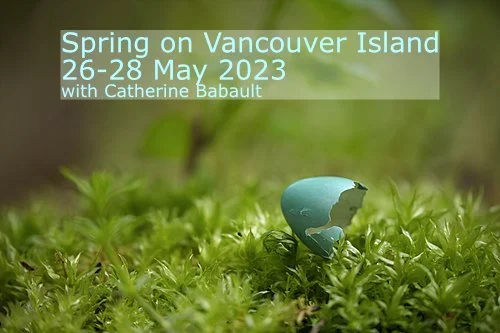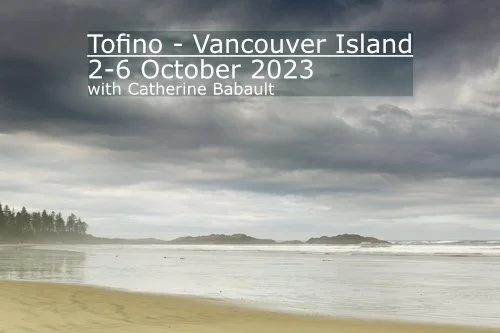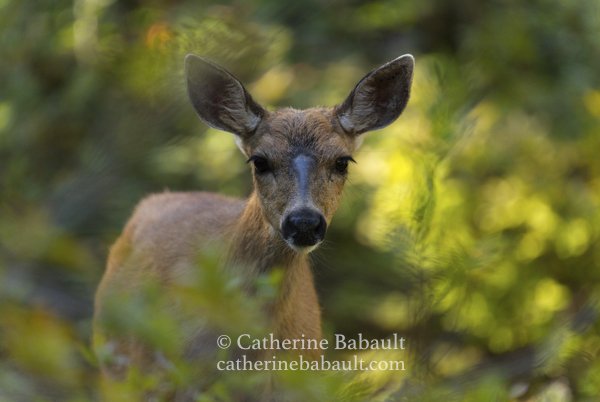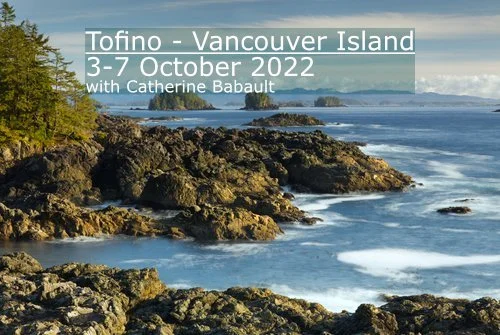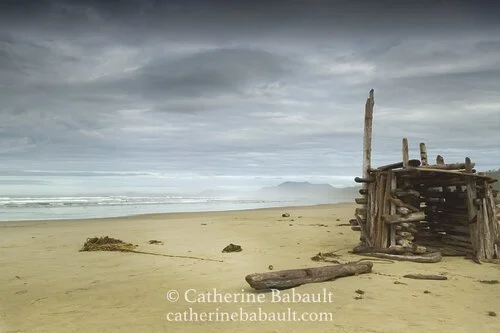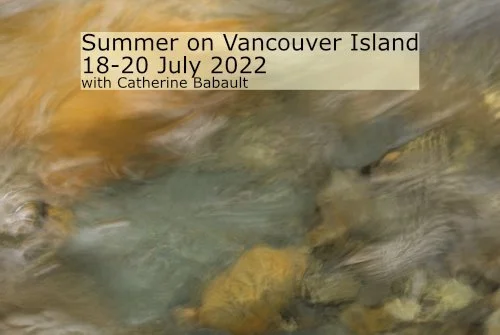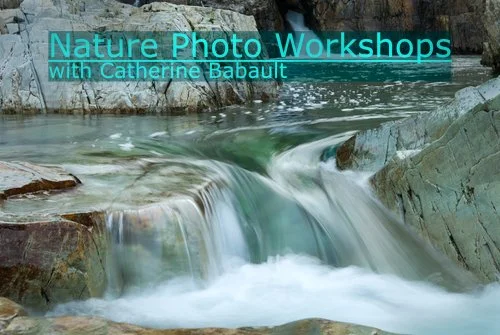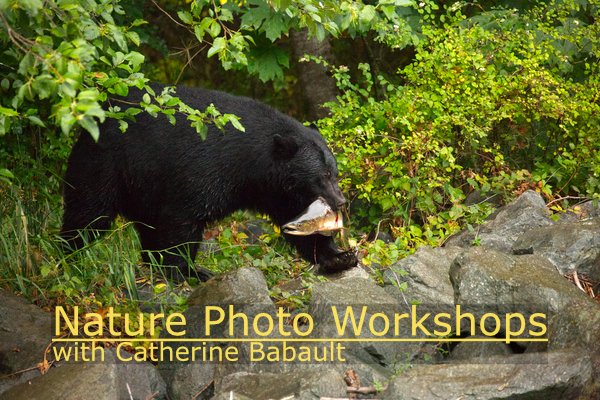I edited thousands of images to select less than two hundred. My images had to be bold, uncluttered and well composed. I processed each one of them and converted them in CMYK for printing. Then I started to design the book and write the text. English is not my first language so I hired a professional translator in Victoria to proofread the text. I asked a professional photographer in my city to review my selection of images and give me honest feedback. At that point, I started to contact several printers in Canada before choosing one in Vancouver. I used offset printing instead of digital printing; although it is a lot more expensive, it is the best quality printing for a photo book. You could say that my book is 100% made in British Columbia from the subject to the printer. Some might think CAD$40 is expensive for a book but think about all the costs involved: camera equipment, travel expenses (gas, accommodation, meals), car maintenance, car insurance, business insurance, business licence, professional services (bush pilot, proofreader, printer, website…), and my time dedicated to this amazing project.
I feel very humble by the incredible success of this book. I won a Nautilus book award in the USA and received great feedback from the media. I am always touched to hear kind comments from readers in Canada, the USA and Europe. I hope that my book has achieved its goal: showing the beauty and fragility of our environment so that we are all aware of our collective responsibility towards its protection for future generations.


